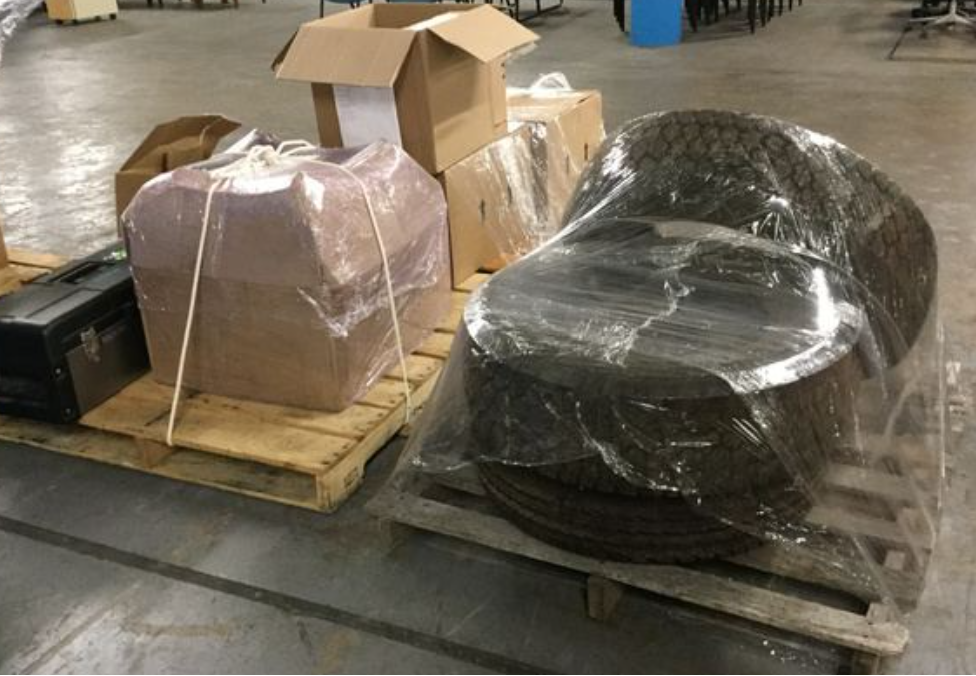One of the main responsibilities of a parts manager is to protect the investment the dealership has made in the form of the parts inventory. Protecting that investment requires several checks and balances to ensure proper accounting of parts moving in and out of the inventory. Proper accounting includes but is not limited to:
- Parts check-in process Shortages
- Overages
- Damage
- Receipting of parts purchases into inventory
- Properly storing parts – shelf stock, special order, delivery, shipping
- Security
- Relieving parts from inventory
- Sales
- Returns
- Inventory adjustments
As indicated above, there are many transactions involving several people that occur daily. The monthly transactions in a larger parts department can exceed 5000 per month. Even in a smaller department, the number of transactions is significant. Due to these numbers of transactions and multiple personnel involved, the opportunity for mistakes exists and occurs more than desired. From checking in parts on the loading dock to selling parts on repair orders and counter tickets, the on-hand quantity of these parts can be reported incorrectly in the dealer’s DMS.
The on-hand quantity is the “bedrock” of the parts replenishment process. Inventory management systems use the on-hand quantity as a factor in determining how many pieces each part number should be stocked. Other factors included in the calculation include:
- Days’ supply
- Best stocking level
- Best re-order point
When a stock order is created, each part number is analyzed to determine if an order is justified and how many pieces should be stocked. To maintain the desired days’ supply of each part, the system calculates the best stocking level of pieces for each part to ensure there are no “stock-outs” based on demand. When a part number reaches its best re-order point, it will suggest an order quantity sufficient to achieve the best stocking level. If the on-hand quantity is incorrect, the logic of the ordering process is affected negatively.
Some “Best Practices” for maintaining accurate on-hand counts include:
- Written processes for receipting parts into inventory Job descriptions indicating responsibility and specific duties
- Ensure parts on the packing slip are equal to the parts received
- Shortages and overages are reported to the parts manager, and claims are filed
- Damage is reported to the manager
- Security
- Securing the receiving/loading dock
- Tires, engine assemblies, transmissions, and other high-cost parts are left unattended in some departments. This is a perfect opportunity for theft. With all of the activity of deliveries from several vendors moving in and around the receiving dock, it can be difficult to know who is there legitimately and who is there to relieve you of your parts illegally. Visualizing these parts as dollar bills instead of a pallet of parts would enforce the need for better security both inside the department proper and outside on the dock.
This

or
This?

Looking at parts as dollars instead of pieces of metal and plastic can change your outlook on the investment in dollars these parts represent. Banks, retail businesses, anyone who handles cash count their money every day to ensure they have what they think they have.
Elevate your Fixed Operations department with our custom-tailored solutions. Our team offers in-depth assessments and specialized training programs, crafting strategies designed specifically to boost efficiency, maximize customer retention, and ensure long-term profitability. We’ll work closely with you to identify areas for improvement and implement targeted solutions that drive sustainable growth for your business.
Contact us today for a Free Consultation!